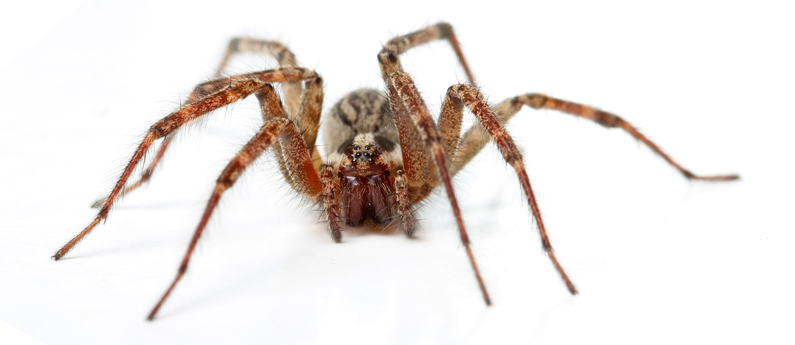 Here's some bad news for people with arachnophobia: It's hobo spider mating season!
Here's some bad news for people with arachnophobia: It's hobo spider mating season!
Hobo spiders are most noticeable and active from August through October, when spiders come indoors to mate.
The name "hobo" is linked to the spider’s presumed spread to distant cities via railways. Hobo spiders are often found in log piles, rock piles/borders/retaining walls, crevices in soil or concrete, or locations where grass meets a building foundation.
The body length of a hobo spider is about 1/4 to 1/2 inch long with a leg span of about 1-2 inches.
The hobo spider is not aggressive, and would rather run away than attack. The only cases in which it may bite are when going after prey or when trapped against a person’s skin.
When a hobo spider does bite, it's almost painless, and it may feel like nothing more than a pinprick. Definitive proof is still lacking as to whether or not the hobo spider bite causes necrosis or staph infection -- oftentimes, a severe reaction like that is caused by the bite of a brown recluse spider.
Hobo spiders are part of a genus known colloquially as "funnel-web spiders". These arachnids construct a funnel-shaped structure of silk sheeting and lie in wait at the small end of the funnel for prey insects to stumble into their webs.
Spraying for hobo spiders can help stop them from getting in your home, but the spraying is not foolproof. If they're already indoors, the best thing to do is keep the house tidy and place spider traps around your walls to capture them as they scurry about.
 The RESCUE! Spider Trap catches hobo spiders and a variety of other biting and poisonous spiders common in the home.
The RESCUE! Spider Trap catches hobo spiders and a variety of other biting and poisonous spiders common in the home.
Made of copper metallic plastic, the RESCUE! Spider Trap is attractive yet inconspicuous. Its thin shape allows placement in narrow spaces, and the sturdy plastic shell withstands crushing or breaking.
Spider traps should be placed where spiders are normally found indoors: Against a wall or baseboard, under toe kicks, around doorways, behind toilets, behind or under furniture, and inside basements or crawl spaces.
The RESCUE! trap comes in a 3-pack. It's ready to use right out of the box, and there's nothing to assemble.
The RESCUE! Spider Trap can be found in Walmart, ACE Hardware, Do-it Best Hardware, True Value Hardware, Fred Meyer and BiMart stores. It's also available through Amazon.


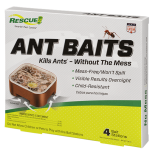 Ant Baits
Ant Baits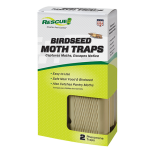 Birdseed Moth Trap
Birdseed Moth Trap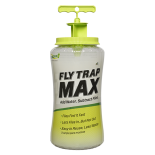 Fly Trap Max
Fly Trap Max Fly Trap, Big Bag
Fly Trap, Big Bag 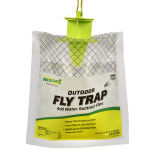 Fly Trap, Disposable
Fly Trap, Disposable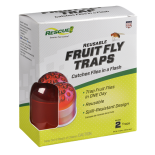 Fly Trap, Fruit Fly
Fly Trap, Fruit Fly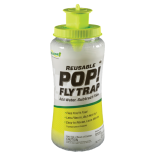 Fly Trap, POP! Fly
Fly Trap, POP! Fly 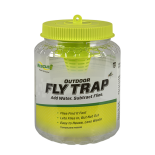 Fly Trap, Reusable
Fly Trap, Reusable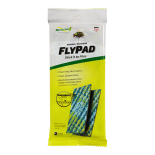 FlyPad
FlyPad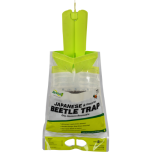 Japanese & Oriental Beetle Trap
Japanese & Oriental Beetle Trap Spider Trap
Spider Trap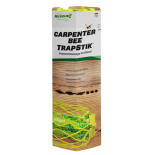 TrapStik, Carpenter Bee
TrapStik, Carpenter Bee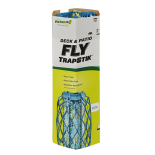 TrapStik, Deck & Patio Fly
TrapStik, Deck & Patio Fly 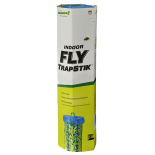 TrapStik, Indoor Fly
TrapStik, Indoor Fly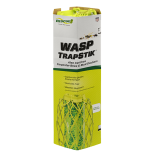 TrapStik, Wasp
TrapStik, Wasp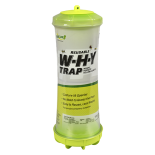 W·H·Y Trap for Wasps, Hornets & Yellowjackets
W·H·Y Trap for Wasps, Hornets & Yellowjackets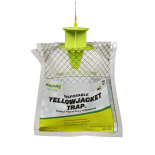 Yellowjacket Trap, Disposable
Yellowjacket Trap, Disposable 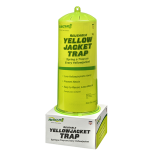 Yellowjacket Trap, Reusable
Yellowjacket Trap, Reusable 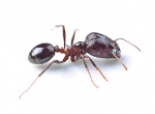 Ants
Ants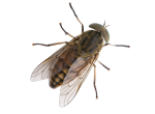 Biting Flies
Biting Flies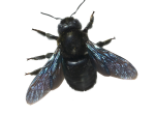 Carpenter Bees
Carpenter Bees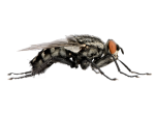 Flies
Flies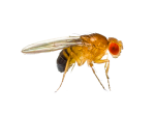 Fruit Flies
Fruit Flies Hornets
Hornets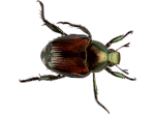 Japanese Beetles
Japanese Beetles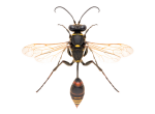 Mud Daubers
Mud Daubers Oriental Beetles
Oriental Beetles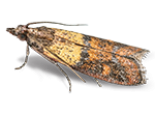 Birdseed & Pantry Moths
Birdseed & Pantry Moths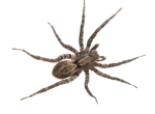 Spiders
Spiders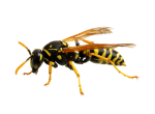 Wasps
Wasps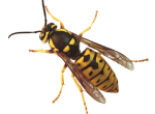 Yellowjackets
Yellowjackets